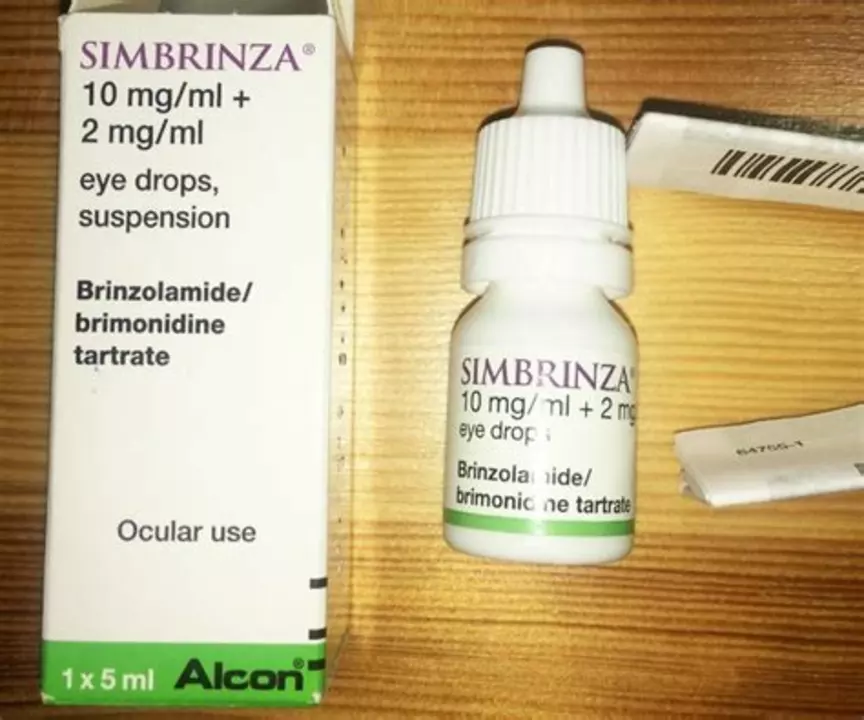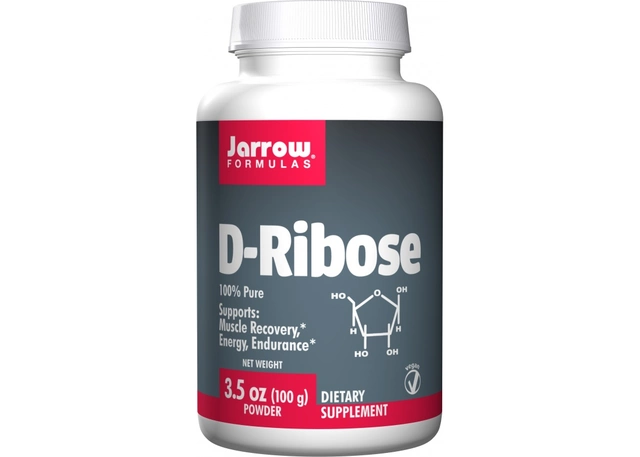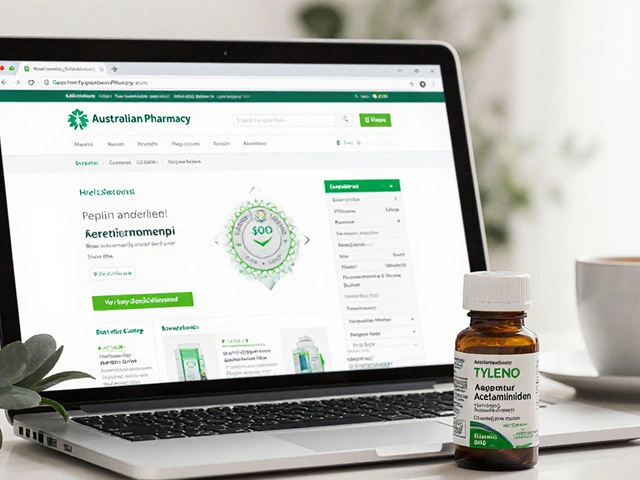Brimonidine Tartrate: What It Does and How to Use It
Brimonidine tartrate is a medicine you’ll see as eye drops for glaucoma and as a topical gel for rosacea. Both forms work by narrowing blood vessels or lowering fluid pressure, but they’re used in very different ways. Knowing which form you have, how to use it, and what to watch for makes treatment safer and more effective.
How it works and common uses
In the eye, brimonidine lowers intraocular pressure (IOP) by reducing how much aqueous fluid the eye makes and by helping fluid drain better. That’s why doctors prescribe it for open-angle glaucoma and ocular hypertension. For rosacea, topical brimonidine gel (usually 0.33%) tightens small blood vessels in the face to reduce redness and flushing. Effects for eye drops usually show within a couple hours and can last up to 12 hours; the gel often works within 30–60 minutes and may last most of the day.
Practical dosing and application tips
Follow your doctor’s directions exactly. For ophthalmic use, typical doses are one drop in the affected eye(s) two to three times a day, depending on the product. Wait 5–10 minutes before using a second eye drop from another bottle. Remove contact lenses before putting drops in and wait at least 15 minutes before reinserting them if the drops contain preservatives that can stick to lenses.
For rosacea gel, apply a pea-sized amount to each affected area once daily. Use on clean, dry skin and avoid eyes and lips. Don’t apply to broken or sunburned skin. Start with a small amount to see how your skin reacts; redness may improve quickly but can rebound after stopping treatment.
Store eye drops and gel as directed—some need refrigeration before opening, others at room temperature. Check the leaflet or ask the pharmacist if you’re unsure.
Watch for common side effects. Eye drops can cause burning, dry eyes, itchiness, or sleepy feeling. Topical gel can cause skin irritation, worsening redness after stopping, or flushing. If you notice severe allergic reaction, significant dizziness, very low heart rate, or fainting, stop treatment and get medical help.
Talk to your doctor if you take blood pressure meds, antidepressants, or MAO inhibitors—there’s potential for interactions. Brimonidine can affect blood pressure and heart rate, and young children are more sensitive to systemic effects. Pregnant or breastfeeding? Ask your prescriber about risks and alternatives.
Keep track of eye pressure if you have glaucoma—regular checks matter. For skin use, take photos to track improvement and any rebound after stopping. When in doubt, ask your pharmacist or doctor; small questions now can prevent bigger problems later.
If you need a quick checklist: confirm the formulation, follow the dose, avoid contact lens wear with certain drops, watch for drowsiness or low blood pressure, and report any severe reactions right away.





